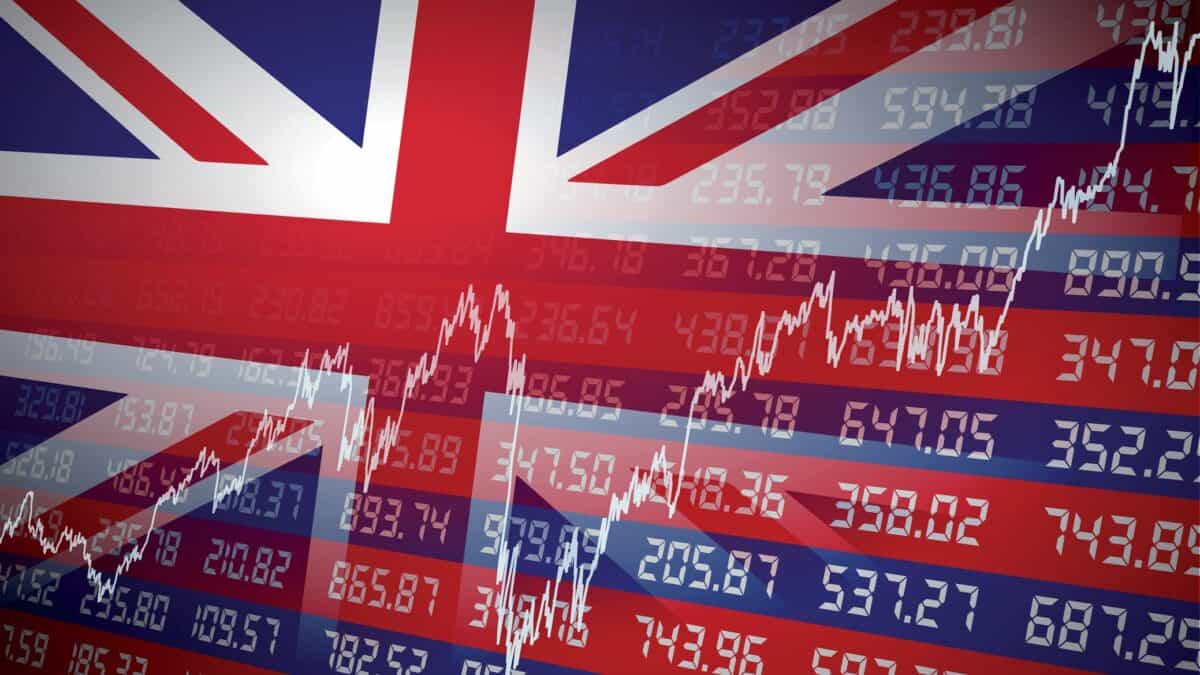Shell’s (LSE:SHEL) share price has advanced almost continually since the dark days of the pandemic.
However, shrewd analysts will always point out that Shell, like its European peers, trades at a discount to the US energy majors Exxon and Chevron.
And that might not sound justified, because, as highlighted by the company’s Q2 results — published on 1 August — Shell’s performing really well.
So let’s take a closer look.
Beating analysts expectations
Shell’s second-quarter 2024 results demonstrate the company’s resilience in a challenging market environment.
Despite lower refining margins and weaker LNG trading, it beat profit expectations with adjusted earnings of $6.3bn. This represents a 19% fall from the first quarter but still outperformed analyst forecasts.
In addition to the outperformance, investors are being rewarded with a $3.5bn share buyback programme over the next three months.
Some had suggested that Shell could afford $4bn of buybacks, but let’s not look a gift horse in the mouth.
Moreover, analysts noted that the company’s focus on cost reductions and operational performance are already evident, with $1.7bn in structural cost savings achieved since 2022.
While Shell faces ongoing scrutiny regarding its energy transition strategy — having recently adjusted its carbon reduction targets — CEO Wael Sawan remains happy with the company’s progress in improving cost efficiency, capital discipline, and operational performance.
The European discount
There are supposed six big oil majors globally, and this doesn’t include Aramco. These are Exxon, Chevron, Shell, BP, Total, and Eni.
As a general rule of thumb, Exxon and Chevron are the most expensive, based on valuation metrics like the price-to-earnings ratio, Shell is the most expensive European company, and Eni is the cheapest, partially because its still majority owned by the Italian government.
| BP | Chevron | Eni | Exxon | Shell | Total | |
| P/E 2024 | 8.3 | 12.8 | 7.3 | 13.5 | 8.8 | 7.7 |
| P/E 2025 | 7.2 | 11 | 7.5 | 12.5 | 8.7 | 7.2 |
| P/E 2026 | 7 | 10.8 | 7 | 11.8 | 8.1 | 7.6 |
| EV-to-EBITDA | 3.5 | 6.1 | 3.5 | 6.1 | 4.1 | 4.1 |
The above table highlights this relationship based on forward price-to-earnings (P/E) projections and the EV-to-EBITDA ratio.
Of course, this doesn’t tell the whole story. What we can’t see is that Chevron and Exxon typically have better margins.
And that’s where Shell is attempting to improve. The company wants to bring its margins in line with its US peers and, in turn, hopefully reduce the valuation gap.
Why it might not happen
Shell trades at a significant discount to Chevron and Exxon, but it might never catch up.
One reason is that Shell’s handling of the energy transition is something of a concern for investors, even though it’s recently relaxed its 45% net carbon reduction target for 2035.
By comparison, its US peers have remained more focused on maximising shareholder value, and operate in an environment generally characterised by less strict regulation and lower taxes.
And while Shell does have stock listed in the US, it’s still mostly traded in London and Amsterdam. These markets don’t typically attract the same valuation multiples as US exchanges.
Personally, I’m keeping my powder dry. I like the company’s direction, but the oil and gas sector can be very volatile.
This post was originally published on Motley Fool





